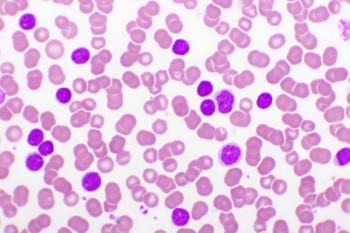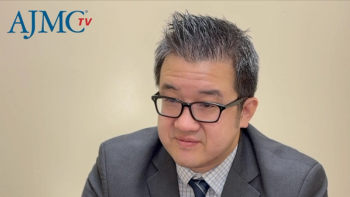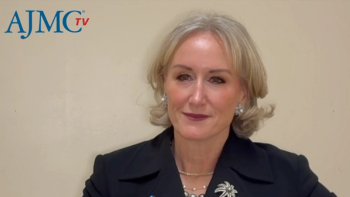
Dr Martha Gaines on Helping Patients Understand Their Disease, Identifying Available Resources
Martha Gaines, MD, JD, LLM, founder and director of The Center for Patient Partnerships, clinical professor of law, University of Wisconsin Law School, explains how The Center for Patient Partnerships helps patients understand their disease, identify their treatment options, and recognize resources available to them.
Martha Gaines, MD, JD, LLM, founder and director of The Center for Patient Partnerships, clinical professor of law, University of Wisconsin Law School, explains how The Center for Patient Partnerships helps patients understand their disease, identify their treatment options, and recognize resources available to them.
Transcript
How does The Center for Patient Partnerships help patients understand their disease, identify their treatment options, and recognize resources available to them?
The first thing we do when a patient calls us and says, “Help. I’ve been diagnosed with something I can’t even pronounce, much less do I know what to do about it or who to go see,” is listen, learn about the patient. Almost immediately you will hear the kinds of barriers that are up for patients: “I don’t know how to learn more” or “I’m having an issue with my clinician.” You can learn that very quickly.
You also learn what kind of skills the patient already has inside them. If you’ve been a school teacher, if you’ve been a homeless person, if you’ve been a mother. You have certain skill sets that are easily transferrable to healthcare, but patients always assume it’s a foreign country with a foreign language and I’m completely bamboozled. But, it doesn’t have to be that way, because it’s not a foreign country, and the foreign language is not that hard to learn. Besides, there are a lot of interpreters and translators.
So, really, what we do is listen to people, identify the issues, and then help them either find a good place for their care. We also work with financial issues, and then we also help people talk with their employers. Very often, employers will say you can take whatever time you need, it’s all god. But, after 4 or 5 months of chemotherapy, the employers didn’t really know what they were saying it, turns out. So, then that gets awkward and difficult and sometimes people lose their jobs. At the very least, there’s a lot of feelings hurt, a lot bridges sort of broken. So, we help people negotiate right up front with their employers and be very clear about what it’s going to take and hopefully keep those relationships intact.
Newsletter
Stay ahead of policy, cost, and value—subscribe to AJMC for expert insights at the intersection of clinical care and health economics.









































